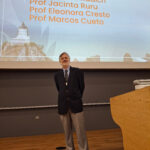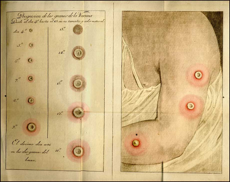During Carnival in Brazil, the sexual atmosphere takes over, but as many would argue a prominent sexuality is one trait that makes up Brazilian identity. Even today the imagery of (and on) Brazil is marked by descriptors such as sensuality, lust, and malice. Characteristics that in other nations are seen as individual character trait, here became inherent to our national identity. What is the meaning of this perpetuity? How has it been sustained in discussions on Brazilianness?
In the article The discourse of sexual excess as a hallmark of Brazilianness: revisiting Brazilian social thinking in the 1920s and 1930s, published in HCS-Manguinhos´ latest issue (vol. 21, n. 4, out/dez 2014), Cristiane Oliveira, from the Psychology Institute at the Bahia Federal University, analyses the discourse of sexual excess as a privileged hallmark of Brazilianness. Her hypotheses are based on the ideas of Paulo Prado and Gilberto Freyre, important writers on Brazilian social thinking from the 1920s and 1930s.
Within the framework of the twentieth century re-codification of the imagery of Brazilianness, the topic of sexual excess was revisited by local thinkers in the field of sociology and seen either as disturbing the national civilizing project, or as a positive character because it permitted the cultural hybridization of its sources of identity.
Read the full article:
OLIVEIRA, Cristiane. The discourse of sexual excess as a hallmark of Brazilianness: revisiting Brazilian social thinking in the 1920s and 1930s. Hist. cienc. saude-Manguinhos [online]. 2014, vol.21, n.4, pp. 1093-1112. ISSN 0104-5970. http://dx.doi.org/10.1590/S0104-59702014000400002.
See the full summary of HCS-Manguinhos latest edition (vol. 21, n. 4, out/dez 2014).









